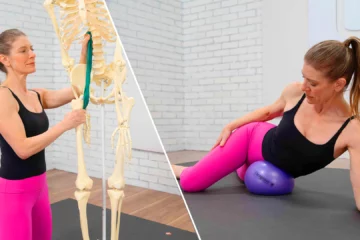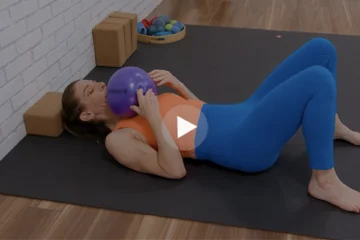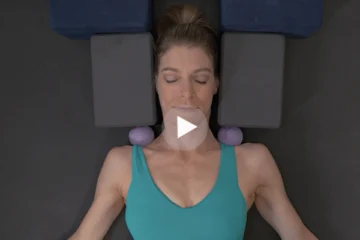
INVERSIONS are coveted among yogis. Yoga is one of the few systems of health that suggests that you regularly turn yourself upside down for extended periods of time. The health claims are astonishing: it reverses aging, increases blood flow to the brain, regulates pituitary and pineal glands, relieves constipation, tranquilizes and mellows the nervous system, and the list goes on. Responses vary from person to person, but a regular practice of turning upside down to one degree or another is soothing and balancing and can be a necessary step for many to stop their chattering minds prior to meditation. These poses are excellent for aiding in draining blood and lymph from the lower extremities and the abdominopelvic organs. They are also a great stretch for the diaphragm that now experiences an eccentric lengthening during each exhale. All inverted poses significantly increase blood flow to the brain, heart and lungs. This extra flow helps to saturate the often neglected upper lobes of the lungs with a fresh wash of blood and stimulates action in its upper air sacs (arterioles). Inversions also directly impact certain relaxation responses in our bodies. Whether the inversion is subtle or extreme, the pull of blood towards our hearts and heads toggles our nervous systems to turn off the sympathetic “flight or fight” response while turning on the parasympathetic “rest & digest” response. This happens in a complicated feedback loop that starts when blood pressure accumulates in the aortic arch above the heart and the carotid arteries in the neck. The final result is that they quiet the “chatterbox” centers within the brain itself so that we can have some peace and quiet. Not everyone can or should do inversions. Here are some of the facts. Students with high blood pressure are advised against aggressive inversions such as Headstand, Shoulderstand, or Plow. Certain students who have lost their cervical curve are at serious risk when doing Headstand or Shoulderstand. Students with degenerative bone disease or detached retinas are also strongly discouraged. Functionally, we were not made to put all of our body’s weight on the neck bones either in flexion, extension, or neutral. A healthy Headstand or Shoulderstand needs strong arms, shoulders, and core muscles to displace some of the body’s weight off of the neck and skull. When settling in for an inversion, give yourself some time, make sure your practice space is quiet and warm, and dim the lights for an optimum result of calm. For more spectacular Relaxation Response info, visit Roger Cole Ph.D www.sleepknowledge.com.











